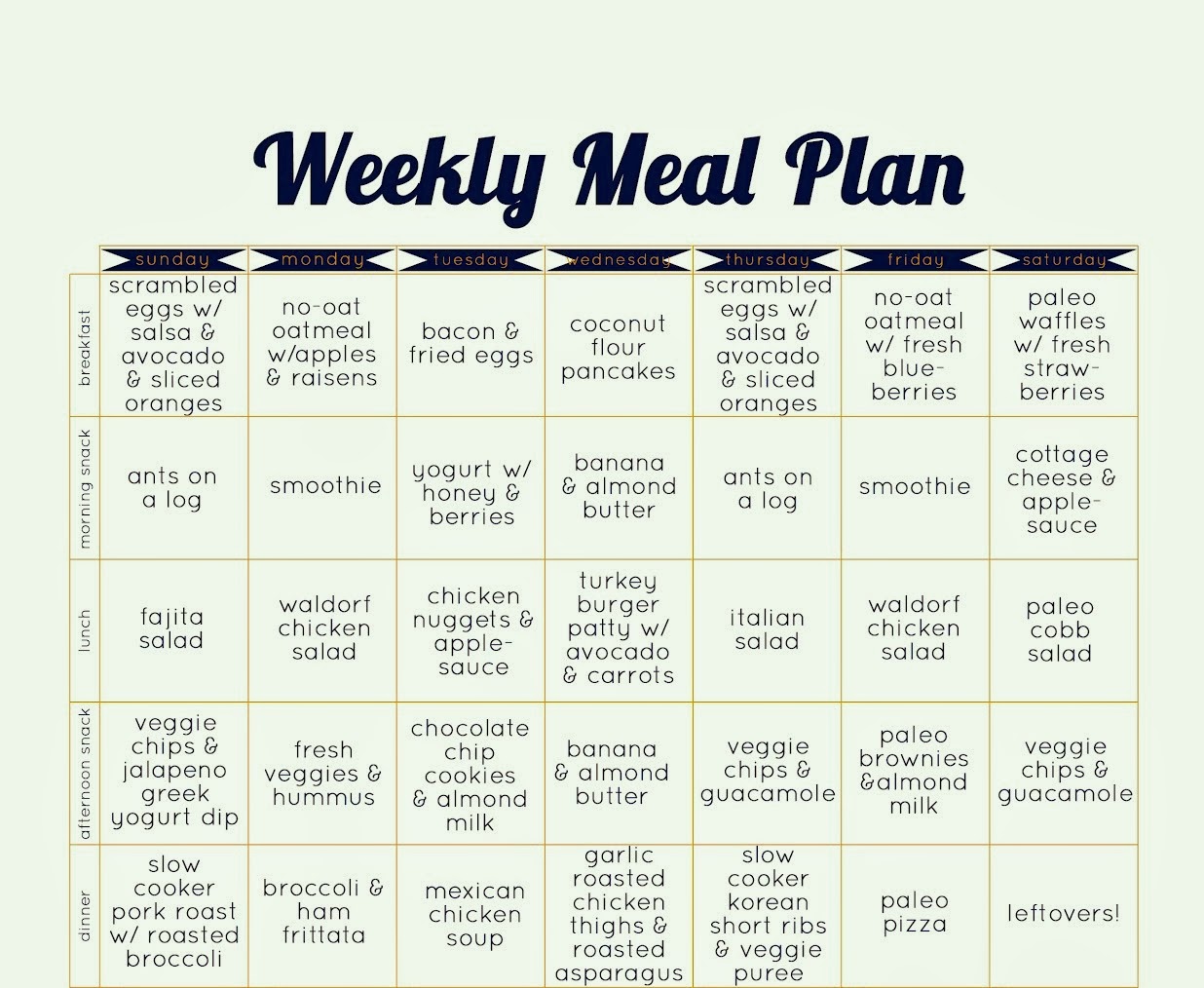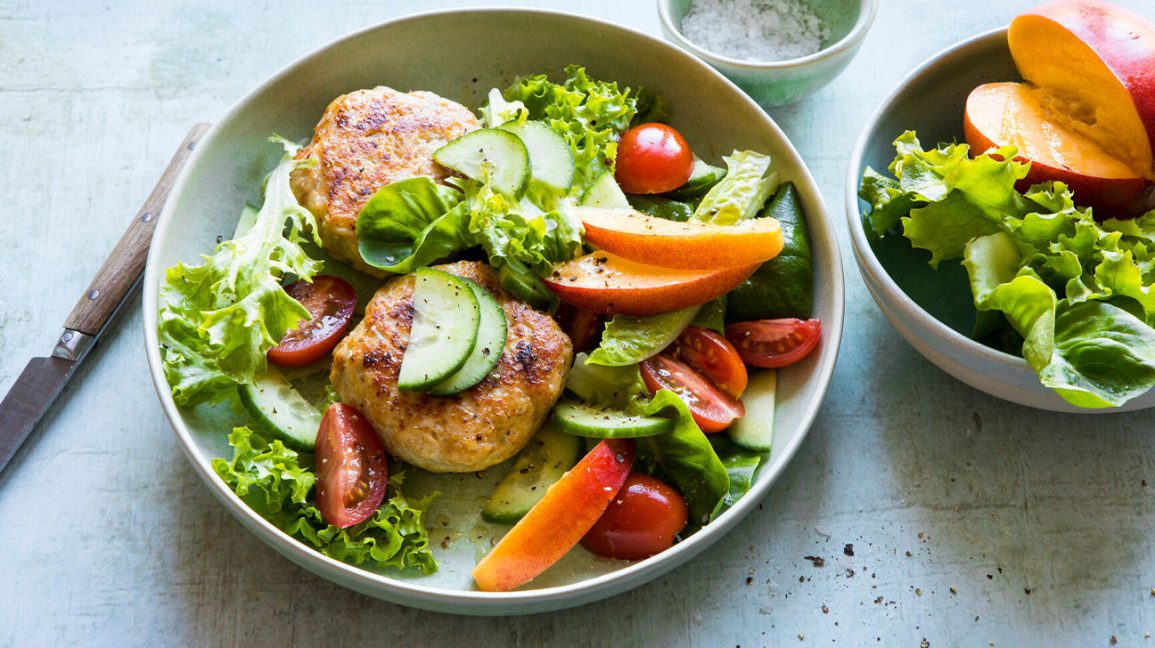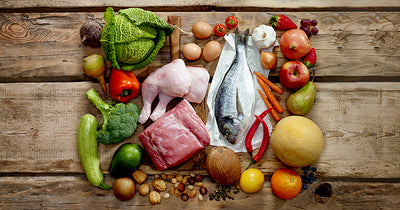
Dr. Loren Cortain, a Paleolithic advocate and scientist who is also a specialist in nutrition physiology and exercise physiology, has been widely recognized. However, there are several misconceptions regarding the Paleolithic diet. Let's take a look at some of the myths that surround this diet and see why it is so important to choose healthy foods. These are some of the most popular myths surrounding this diet.
Dr. Loren Cordain
Dr. Loren Cortain is a widely recognized authority in human evolution. He has appeared on the front page of The New York Times, Wall Street Journal, and Dateline NBC. He is also a world-renowned expert on the natural human food. He has published over 100 peer-reviewed scientific papers about the subject and conducted groundbreaking research into the health benefits associated with eating food from Stone Age ancestors.
Dr. Cordain studies the evolutionary and anthropological basis of diets. His publications focus on the nutritional composition of wild animal and plant foods that early humans ate. He is an internationally recognized expert in Paleolithic diets. He has also lectured extensively about the topic. His books are well-received and highly regarded. Read Dr. Cordain's biography to learn more about his work.
His research

Loren C. Cordain's research reveals a connection between diet and some diseases of modern civilisation. Stone Age people consumed less sodium, potassium, and other modern diseases. The Middle East also had a higher intake of fruits and vegetables. This may explain some of the diseases of modern civilisation. But if diet is just a small part of the problem, why haven't we been eating more fruits and vegetables?
Paleo, which bans all grains, legumes (whole grains), dairy and processed foods, is one the most popular health trends of our time. Researchers have repeated the same recommendation. In fact, the Paleo diet has been shown to be more effective than conventional diets in boosting your immune system and improving your health. While Dr. Cordain's research doesn't prove that humans were able to survive without these foods, many of us can benefit from its benefits.
His book
If you want to understand the science behind the Paleolithic diet, you need to read this book. American scientist Loren Cordain is a specialist in nutrition and exercise physiology. His book Eat to Live (the Paleolithic diet) is his first book. Cordain's methods have been supported by many studies, even though there are still some people who doubt them.
Loren Cordain is a professor at Colorado State University and one of the world's foremost experts in nutrition and exercise physiology. He has worked with world-renowned scientists to develop the Paleo Diet. This is the first book written by one of the founders of this fad diet. He describes how the Paleo Diet revolutionized our lives. Get it now to make a permanent change in your diet.
His opinions on nutrition

One of Dr. Cordain’s greatest contributions in modern health is the science behind diet. He holds a PhD in health sciences from the University of Utah. He has taught at Colorado State University for over 30 years. He has been featured on Dateline NBC as well as the Wall Street Journal and the New York Times. He is widely regarded by the world's leading authorities on natural diets.
Cordain's history of paleolithic eating habits provides valuable insights into the lifestyle's benefits. Paleo has been a popular diet trend since its introduction by Dr. Boyd Eaton. Dr. Cordain continues to research the diet's health benefits in all ages, including children. He also sheds light on legumes, dairy, and carbohydrates, revealing the reality of what our bodies were designed to eat.
His critics
Criticians of Loren C. Cordain's Paleo Diet draw attention to numerous facts and examples in their critique. This diet lacks essential nutrients such calcium, salt, and folic acid, even though lean meat is high in protein. It does not supply the body with essential nutrients like vitamin B and omega-3 fatty oils.
FAQ
What are the basics of cooking?
Basic cooking skills include being able to read and measure ingredients, prepare food safely, clean up after yourself, and cook. If you want to be able to cook for yourself, then you need to learn these basic skills. Cooking is an excellent way to save money because you don’t have the need to eat out as often.
Who is the best path to a career in chef work? What are the best ways to start your career as a chef.
You should start as an apprentice if you are interested in becoming chef. Apprenticeships let you work for many years and pay no tuition fees. After your apprenticeship is completed, you can apply to be a sous chef. Sous chefs work with cooks to prepare dishes and supervise them. They also oversee the entire operation of the restaurant.
How can I be hired as a chef?
It is possible to get a job in the kitchen by word of mouth. A friend or family member might know of an open restaurant that is in desperate need of staff. You might also find openings advertised on websites or bulletin boards by restaurants.
Where can i buy quality kitchen equipment
Online shopping is a great way to purchase quality kitchen equipment. There are many online shops that sell all sorts of kitchen tools. However, it is important to check reviews and ratings before making any purchase of kitchen equipment. Ask others who have used similar items if you would like to recommend them.
Statistics
- On average, chefs earn $58,740 a year, according to the BLS. - learnhowtobecome.org
- The median pay for a chef or head cook is $53,380 per year or $25.66/hour, according to the U.S. Bureau of Labor Statistics (BLS). (learnhowtobecome.org)
- You'll be amazed that over 90% of CIA students receive scholarships and grants to finish their culinary studies. (ischoolconnect.com)
External Links
How To
How to make an omelet that is perfect
Omelets are one of my favorite foods to eat at breakfast. But how do they turn out so perfectly? I've tried many different methods and recipes, but none of them seem to work! Today, I'd like to share some tips with you in order to make delicious and fluffy omelets every day.
First, eggs can be very temperamental ingredients for making omelets. The eggs must be fresh from an organic source and kept at room temperature until they are ready to be cooked. You must keep them cool enough to allow the whites to form properly and the yolks to become too runny if they're not kept at the right temperature. This causes your omelets to look oddly colored. If you plan to cook the eggs right away, it is best to use room temperature eggs.
Another tip is to separate your egg before adding it into the pan. Because this could cause your omelet to become curdled, you don't want any yolk to be mixed with any white.
If you add the egg directly onto the stovetop, you might end up burning the bottom part of the egg, which would ruin the texture of your omelet. Instead, place the egg in the microwave for 10 second before you put it in the skillet. The microwave heat cooks the eggs just right without overcooking them.
Next, let us talk about how to mix the eggs. When you mix eggs together, you want to beat them well. To do this, grab the bowl of the mixer and turn it upside down. Then, vigorously shake the bowl. This allows the air to be whipped and the egg to be mixed thoroughly.
The fun part begins - you need to pour the milk into your mixture. Fold the eggs in the milk mixture by first pouring half of it into the egg whites. Do not worry if you see streaks of egg; they will disappear when the omelet is flipped.
After you have folded your eggs, heat up the oil on medium heat. Wait for it to get hot. Once the oil begins to heat, add 1/4 cup butter and swirl the pan to coat it. Next, carefully open the lid and sprinkle salt into your pan. A pinch of salt will prevent your omelet from sticking in the pan.
Once the omelet has formed completely, cover the pan and let it set for a few minutes. Flip the omelet over using a spatula or flip the pan upside down. Cook the other half for another minute. Remove the omelet from the pan and serve immediately.
This recipe works best with whole milk, but skimmed milk also works.